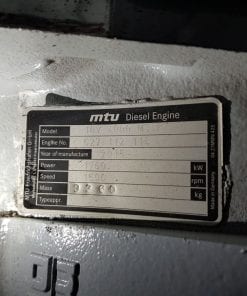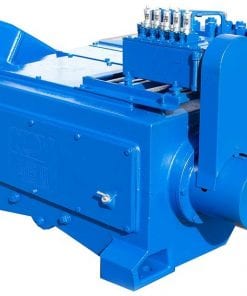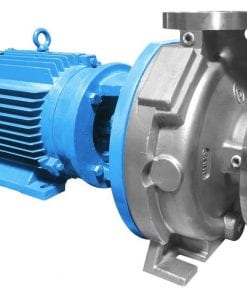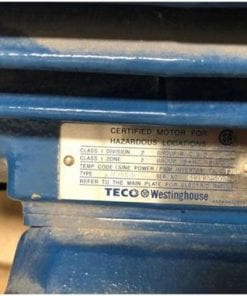A vacuum pump is a device that removes gas molecules from a sealed volume in order to leave behind a partial vacuum. The first pump was invented in 1650 by Otto von Guericke, and was preceded by the suction pump
Vacuum Pump Techniques
Vacuum pumps are combined with chambers and operational procedures into a wide variety of vacuum systems. Sometimes more than one pump will be used (in series or in parallel) in a single application. A partial vacuum, or rough vacuum, can be created using a positive displacement pump that transports a gas load from an inlet port to an outlet (exhaust) port. Because of their mechanical limitations, such pumps can only achieve a low vacuum. To achieve a higher vacuum, other techniques must then be used, typically in series (usually following an initial fast pump down with a positive displacement pump). Some examples might be use of an oil sealed rotary vane pump (the most common positive displacement pump) backing a diffusion pump, or a dry scroll pump backing a turbomolecular pump. There are other combinations depending on the level of vacuum being sought.
Vacuum Pumps, pressure pumps, cover a wide range of operating pressures. Laboratory/filtration vacuum pumps are for use in the lab or anywhere a low vacuum is needed; typically offer both vacuum and pressure capabilities. Use rough vacuum pumps (or roughing pumps) for laboratory and industrial applications requiring a level of vacuum less than 10–3 Torr. Use high vacuum pressure pumps when you need vacuums higher than 10–3 Torr. Also, consider the free-air capacity needed (the higher the free air capacity, the faster it will evacuate the chamber) and whether you need a lubricated (oiled) or non-lubricated (dry or oil-less) pump. Lubricated pumps provide higher capacities, higher vacuum levels, and lower noise, but can contaminate the system and require more maintenance. Select a non-lubricated pump for vacuum in a clean system and low maintenance.
Vacuum pump types that cover a wide range of operating pressures from atmospheric to 0.5 torr (29.9 in.Hg). These include both oil-less/dry and oil flooded rotary vane; oil-less/dry rotary screw; regenerative blowers, and radial blowers.
Advantages of Vacuum pumps
Vacuum pump is a device that works on the mechanism of suction to move air into or out of object. A liquid ring pump is easy to operate and is used in several applications across various industries. A liquid ring pump works with a sealant required in its operation. This liquid can be water, oil or any other solvent which is rotated by an impeller within the casing of the pump. The pumps that use water as sealant are called water ring vacuum pumps. When rotated this liquid forms air seals within the spaces between the impeller vanes which forms compression chambers that trap the air entering into pump frequently through the inlet port. This process repeats and therefore helps in creation of vacuum. We also carry an assortment of Mud Pumps.





















